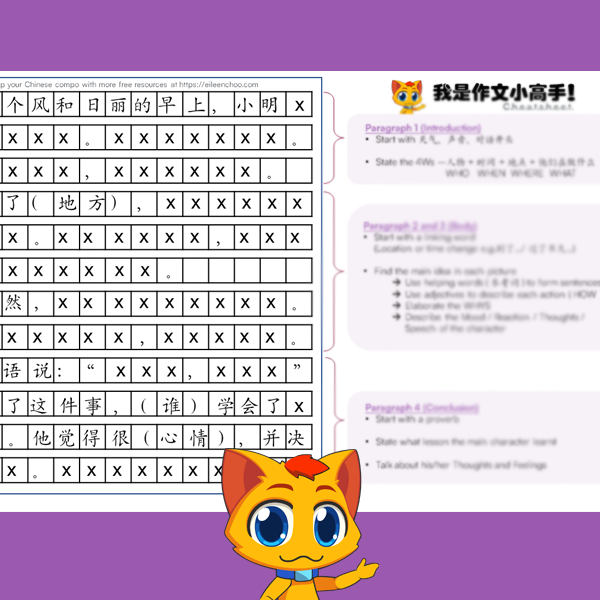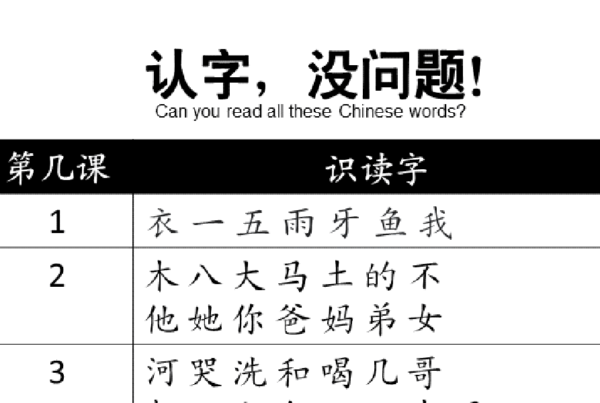
Most primary school kids find Chinese characters hard to learn. That’s understandable, because not only are most Chinese words made up of many strokes, if you forget how to write the word, you don’t really have a clue unlike English.
Your kid will stop hating Chinese when…
I’m always taken aback to hear my friends who are parents or fellow teachers remarking that if their kid is weak in primary school Chinese, then “just ask them to memorize”. Memorization is a very painful way to learn. Not a good start if they need to survive the rest of the years in primary school living with the subject.
Even if a kid CAN memorize what they need to know, we all know that in reality, understanding and application is a different game. When kids try to remember things without understanding, 2 bad things happen. First, what they learnt becomes very easily forgotten and second, they’ll feel more frustrated and demoralised over time. If it were me, I’ll start to think that learning Chinese is really and dislike Chinese too.
So what’s the secret to helping our kids pick up Chinese characters faster and easier?
Learn Chinese characters by understanding radicals
Chinese radicals are what we know as pian1 pang2 偏旁 or bu4 shou3 部首. These are the common parts to Chinese characters. You might or might not have heard of them, depending on whether YOUR Chinese teacher have taught you about these magical things when you were young. (And that probably affected how easy or difficult Chinese became for you)
Understanding the meaning of these radical is key to understanding any Chinese character without the need to go through torturous methods like drilling and memorization.
Here are some examples to help you see how a Chinese word can be split into its pian1 pang2 偏旁 and how we can connect the simple part to help us master the meaning of the word easily.
Introducing the Chinese radical – san1 dian3 shui3
The Chinese radical or pian1 pang2 偏旁 (san1 dian3 shui3) is literally translates to “3 drops of water” and looks like this:
Chinese characters that contain this pian1 pang2 usually associated with water. Think 汗 han4 (perspiration which is made up of multiple water droplets) and 泪 lei4 (tears which are droplets of water coming out from your eyes).
See how this works now?
Introducing the Chinese radical – kou3
Another fun Chinese radical or pian1 pang2 偏旁 to learn is (kou3). Coincidentally, this radical is also a word on its own. 口 (kou3) means “mouth”. Hence, it shouldn’t come as a surprise that most Chinese characters that contain this radical is related to the mouth.
For example, we have 吃 chi1 (you eat with your mouth) or 喝 he1 (you drink with your mouth too!)
Follow me on IG and join my free upcoming 10-day lesson on pian1 pang2 偏旁 to get started! I promise it’ll be fun!
Chinese radicals makes learning Chinese more fun!
Now that you’ve learnt some Chinese radicals and their meaning, can you see that the trick to make Chinese easier is really just to find out the hidden meaning of all the common radicals? Understanding them will definitely help you understand the meaning of any Chinese character faster and make the entire learning process a much happier one!
(Not to mention, it’ll also improve your skills at using the Chinese dictionary too. )
Conclusion
Hopefully after learning this, you can say bye bye to memorization forever and learn how to write and remember any Chinese word faster.






